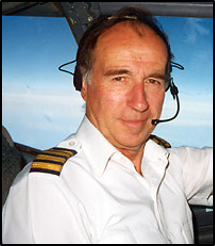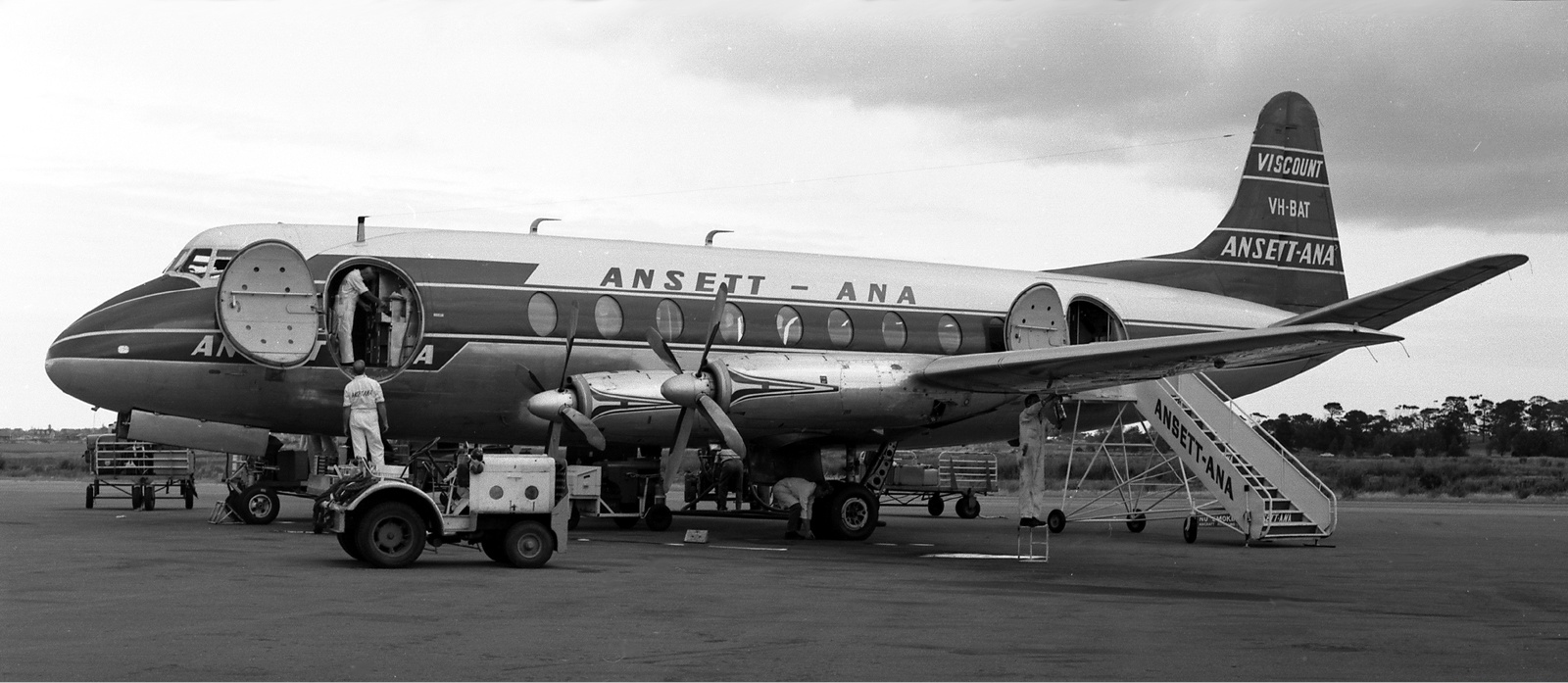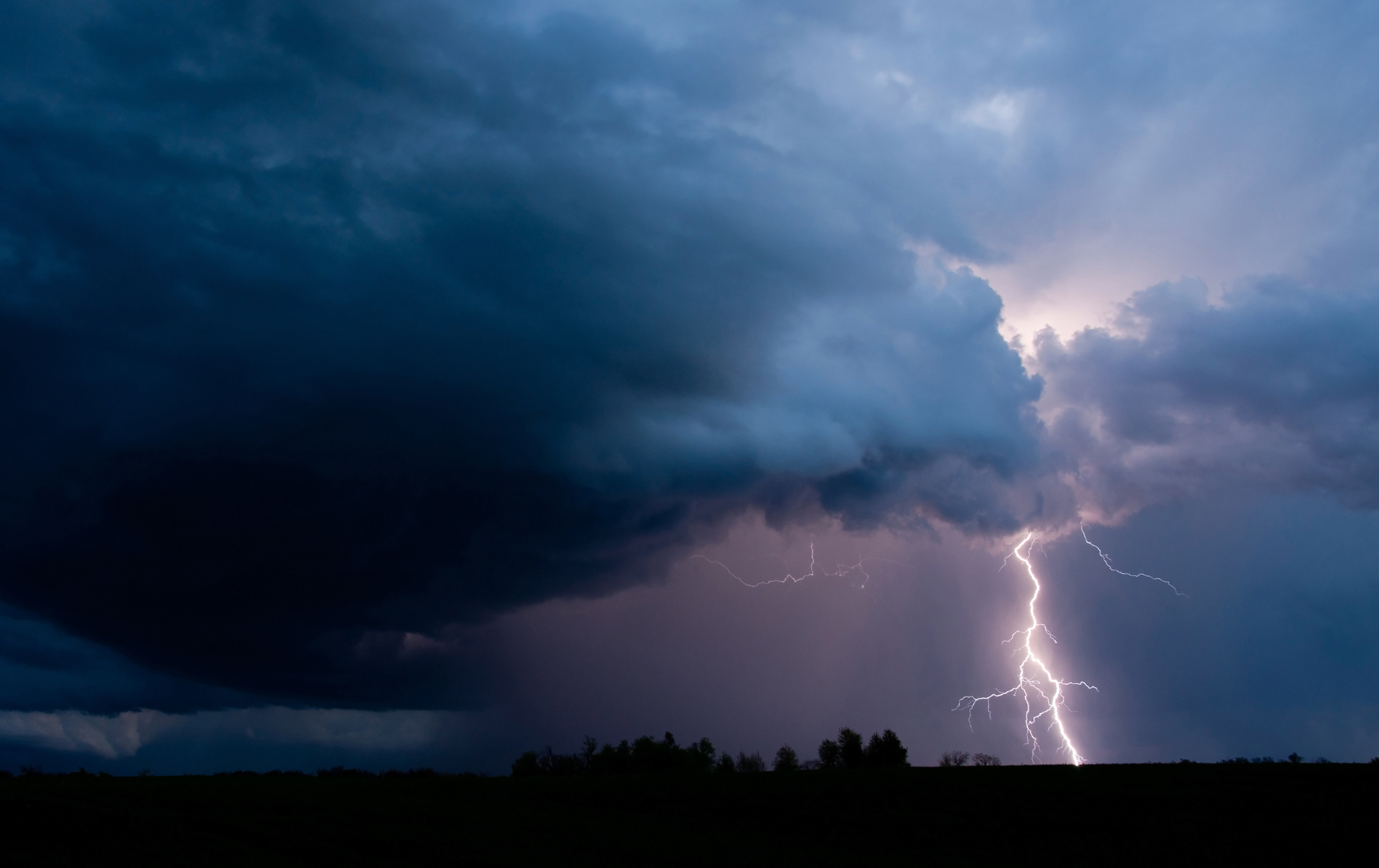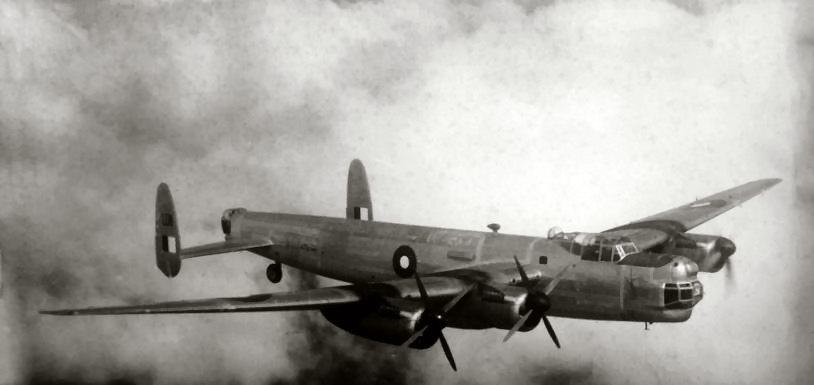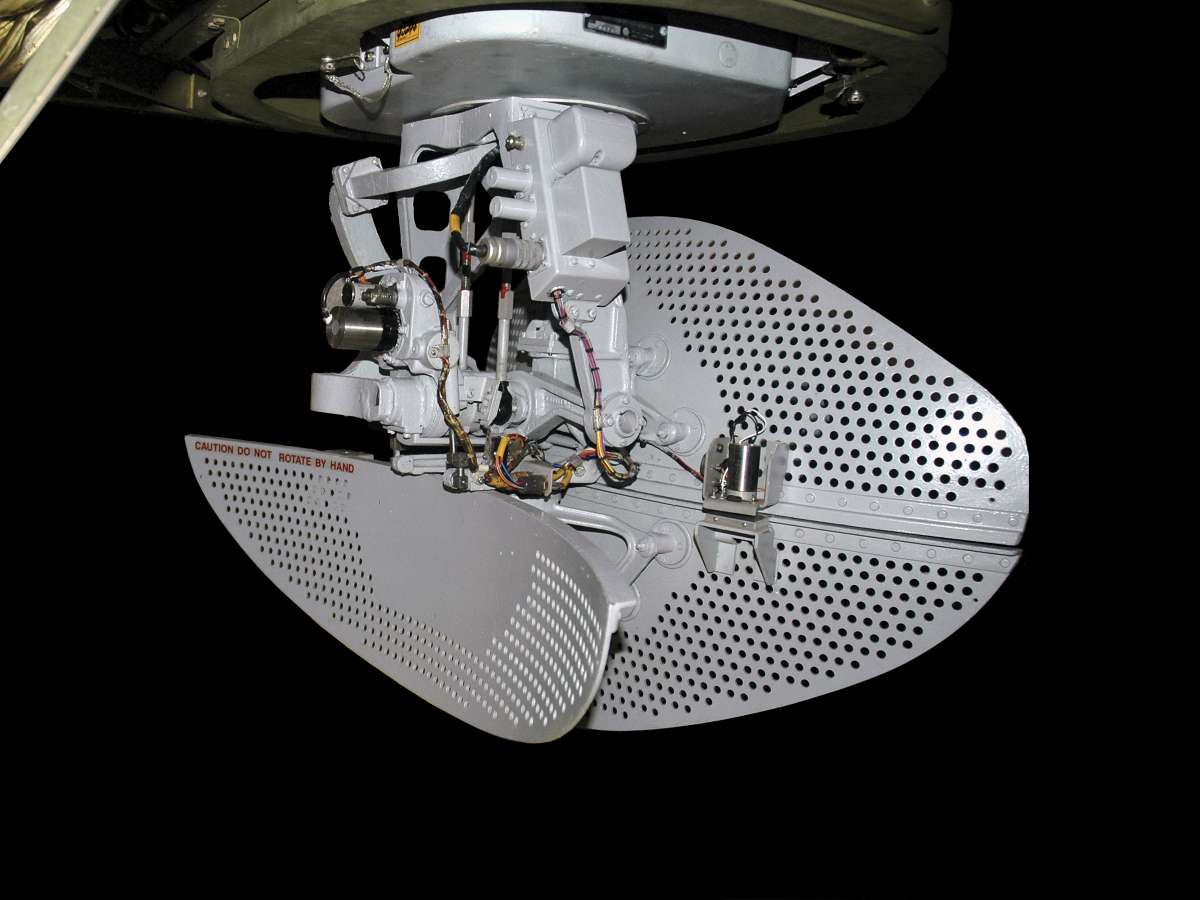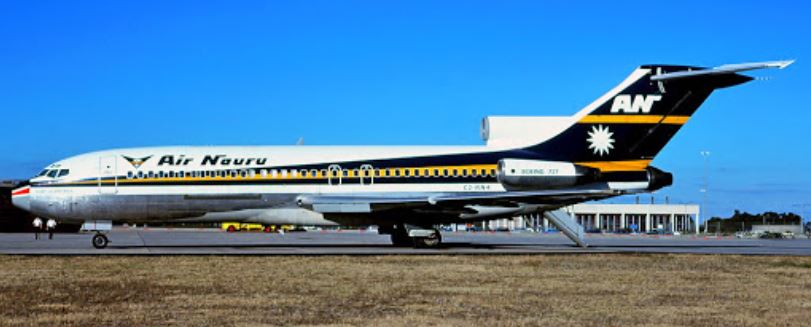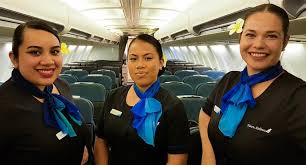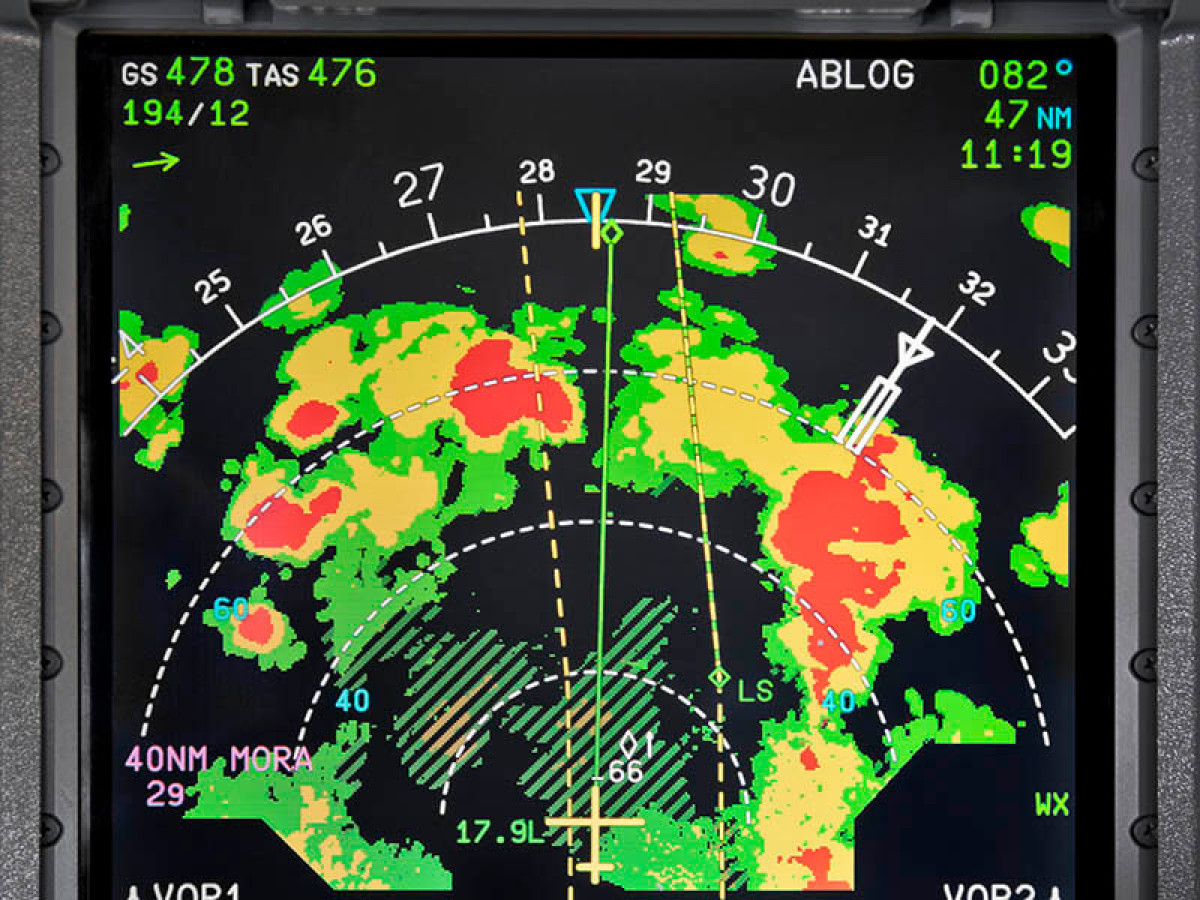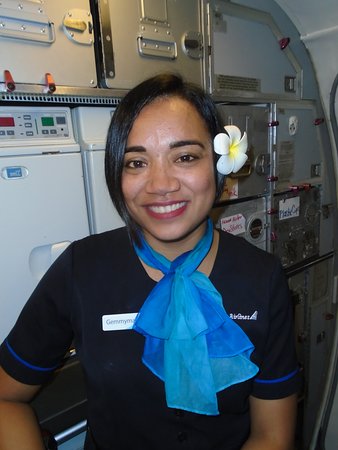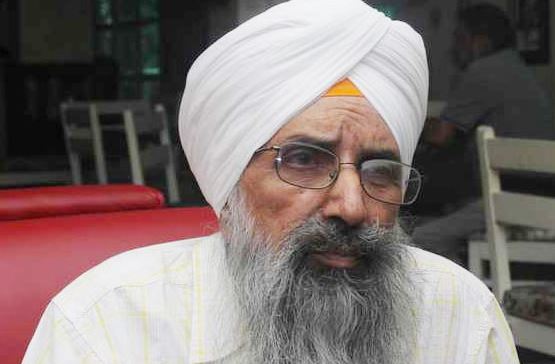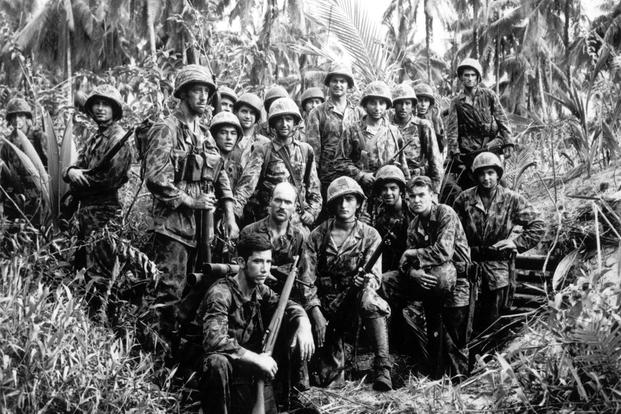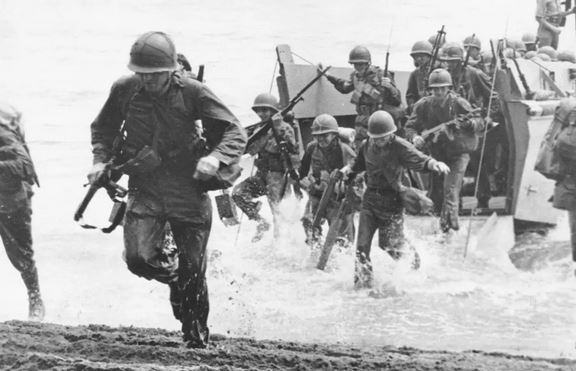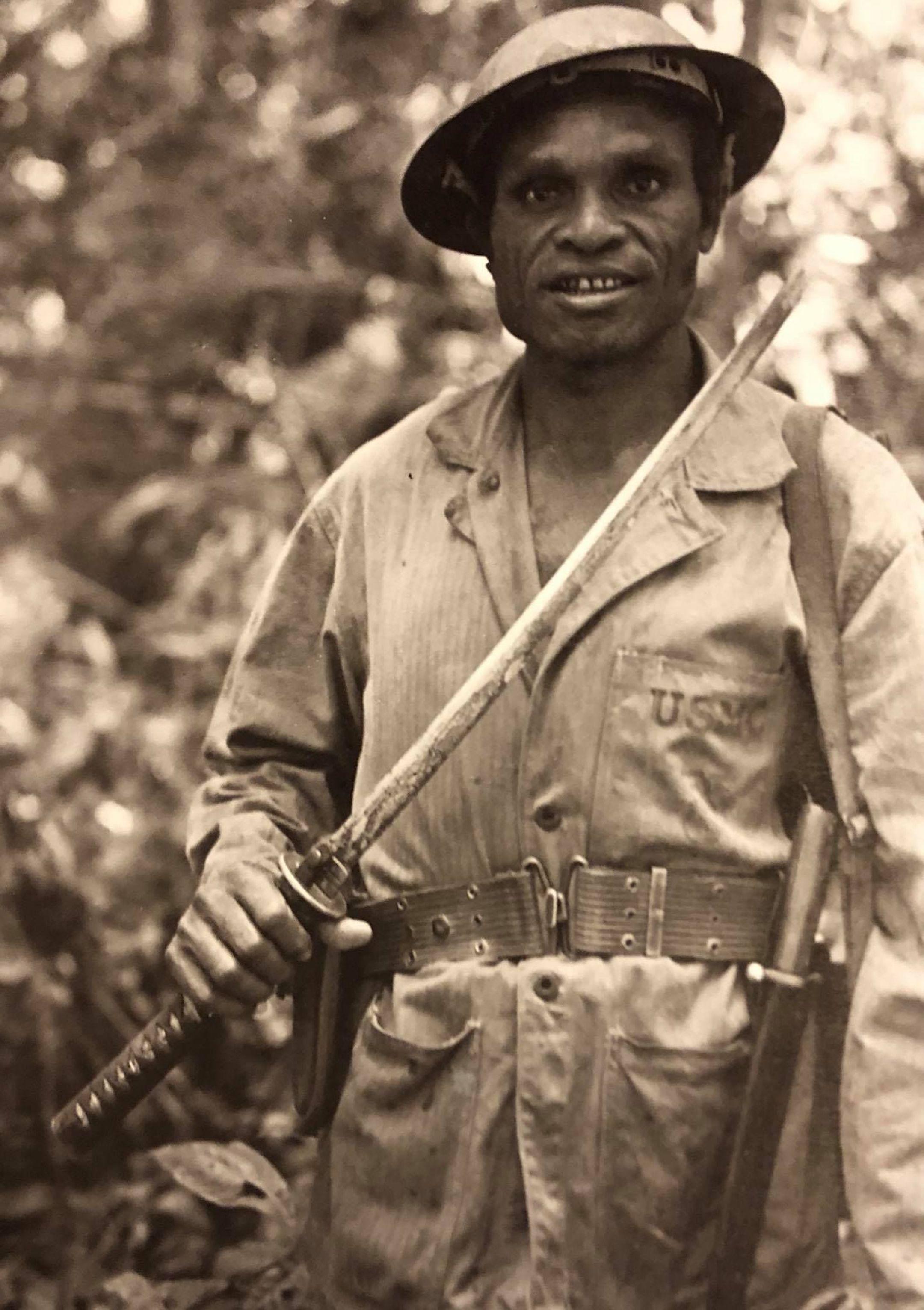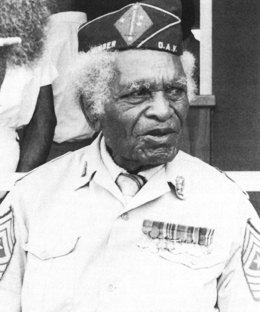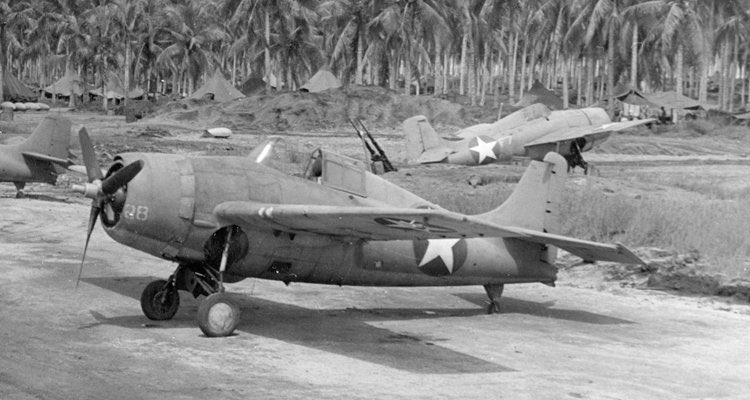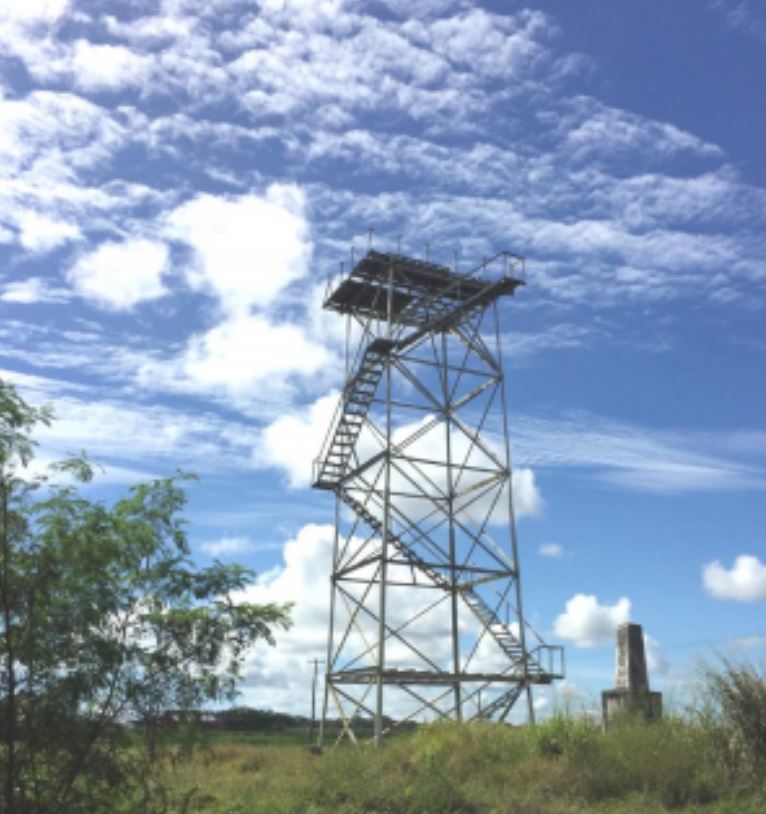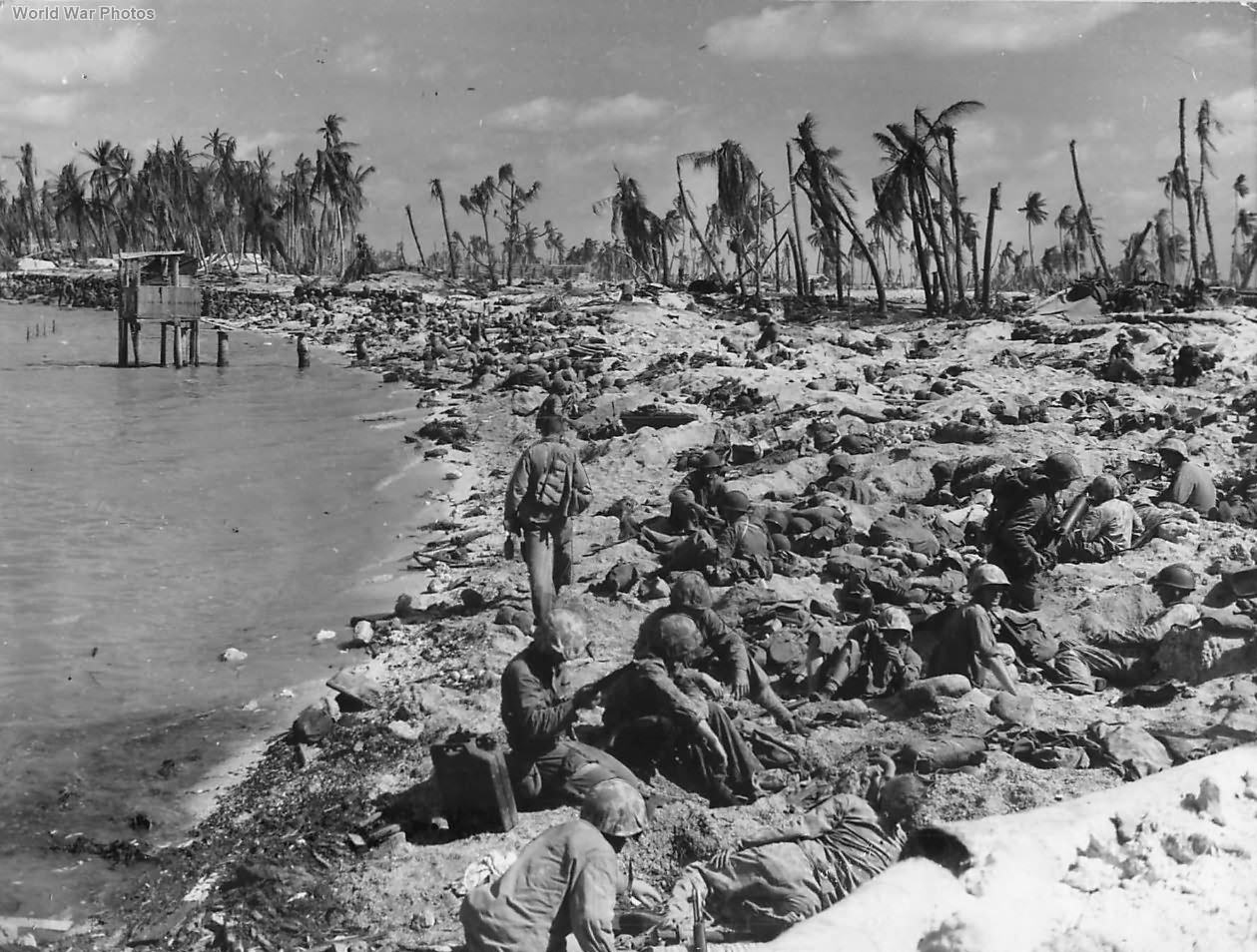|
|
||
|
||
|
Privacy Policy | Editorial Policy | Profit Policy | Join the Association | List of Members | Contact us | Index | Links |
||
|
Back Go to page: 1 2 3 4 5 6 7 8 9 10 11 12 13 14 15 16 17 18 19 20 Forward |
||
|
John Laming
Aeroplanes and other stuff. |
||
|
Pacific Picasso and other stories.
On the 30th November 1961, a Viscount 700 of Ansett-ANA departed from Sydney for Canberra. It was not equipped with airborne weather avoidance radar. During the climb the aircraft penetrated a large thunderstorm and after experiencing extreme turbulence, disintegrated in mid air. All on board were killed.
|
||
|
|
||
|
A previous accident occurred in 1955 near Derby WA, when an Avro Anson broke up after penetrating a line of thunderstorms at night. In the Phillipines two F27 aircraft crashed after thunderstorm encounters.
Shortly after the Viscount accident, the Australian Department of Civil Aviation initiated legislation requiring that aircraft capable of carrying more than 20 passengers be equipped with weather avoidance radar. Military aircraft were not affected by this legislation and it was not until the BAC One-Eleven, HS 748 and Mystere 30 were introduced into the RAAF VIP fleet in 1967, that modern weather radar was available for all aircraft of this squadron. Previously one out of the two Convair 440 Metropolitans of the VIP squadron had radar, as did the two Viscounts of the fleet. This were early technology radar and often unreliable.
My early years of service flying was on Lincoln four engine bombers. These aircraft were equipped with archaic radar from the war era which was designed for shipping detection and basic ground mapping. The frequency band used was not suitable for detection of storms and it was considered part of the job if we inadvertently flew into embedded thunderstorms that were a daily part of the weather scene in the northern Australian wet season.
The instrument flying training we received on pilots’ course was excellent and served us in good stead when it came to the inevitable thunderstorm penetrations. Naturally, good airmanship dictated that one avoided storms for obvious reasons, but often we flew blind in thick cloud and it was inevitable that occasional storms just happened to be on our track.
I had occasional frights from flying into unseen storms and I was none too happy one day to be tasked from Darwin to locate the eye of a cyclone that was thought to be located somewhere in the Gulf of Carpentaria. Satellites were yet to be invented, so the weather experts could only guess where the centre of any cyclone was situated. That day we flew for eight hours in torrential rain and sometimes violent turbulence, but were unable to find that elusive eye of the cyclone, where the skies were blue and the sea calm. The crew were entirely dependent on the skill of the navigator who tried to steer us towards the centre of the cyclone by means of a technique known as the three course wind. This involved holding a steady heading while the rear gunner would estimate the drift as we flew away from a smoke float dropped seconds earlier. The smoke float would soon disappear in mountainous seas and then after changing course by sixty degrees, another float would be dropped and the new drift angle measured. Three drift angles would enable the navigator to calculate the surface wind and eventually the direction of the centre of the maelstrom could be calculated. After that it was a case of batten down the hatches and bash through the 70 knot winds. The problem was that at 500 feet above huge waves, it was impossible to get an astro navigational fix because we couldn't see the sun. Most cyclones are surrounded by thunderstorms and in our attempts to climb out of cloud to get a sun shot, we were blindly wandering into lines of really nasty cumulo-nimbus.
Inside the Lincoln we were soaked to the skin, as rain leaked into the cockpit and the navigator finally gave up when his plotting chart began to disintegrate under his pencil. We climbed to 15,000 feet and went on to oxygen on the return track to Darwin. The signaller managed to get a couple of high frequency direction finding radio bearings (HF/DF) and we finally came within range of Darwin VHF direction finder. We broke out at 500 feet above the runway and landed. From this eight hour trip, I logged six hours on instruments. The sortie had been a complete waste of time as we had been unable to locate the storm centre.
Many years later, when I was flying Pacific routes with Air Nauru, I was to see the eye of typhoons on the aircraft weather radar. More impressive was the circular pattern of huge towering cumulo-nimbus surrounding the eye and I realized only then what unwarranted risks we were expected to take in those obsolete old aeroplanes - and all for King and Country. But it was all good experience I suppose!
When I began to fly jet transports in 1976, it was obvious that skill was vital in the interpretation of storm returns on the aircraft radar and I set out to master that skill. I read manufacture's handbooks, professional aviation magazines and talked to radio technicians. I always carried a camera in the cockpit and if avoiding a thunderstorm visually, would photo the storm through the window, then snap its radar picture. At high altitudes, the top of some storms is not visible on radar because the beam reflects from heavy moisture, but not dry ice crystals and the top of a big storm consists of these ice crystals. The problem is that severe turbulence still occurs well above storm tops. The clue is in the use of the variable gain control with which all modern radars are equipped. A knowledgeable pilot will adjust the gain switch to maximum power at high altitude and this will give a tiny echo on the radar screen - enough to alert the pilot that big trouble could lie ahead unless he alters course.
|
||
|
|
||
|
|
||
|
While flying blindly into a storm in a Lincoln could be an interesting experience to say the least, it was usually at a relatively low altitude. DC-3 aircraft have been doing it for sixty years which always made me feel better whenever I hit bad weather in those aircraft. The clean lines of a jet transport and its Mach Number characteristics meant that a high altitude thunderstorm penetration could lead to considerable height loss in turbulence. In addition, very heavy rain and hail inside big storms have been known to flame out jet engines, sometimes causing catastrophic internal damage to the engine.
It was for these reasons I soon realized that serviceable weather radar for jet transports was vital to the safety of all on board. Inevitably radar sets go unserviceable, or operate ineffectively. It was always worrying to experience a radar breakdown en route, especially if the aircraft is in cloud or at night when thunderstorms are forecast. The few times in my life when I have been seriously alarmed have been as a passenger on an aircraft with an unserviceable radar. This has happened several times where I have dead-headed as off- duty crew and the whisper is that the radar is dead. I have travelled in aircraft where despite forecast storms, the captain has deliberately accepted an unserviceable radar in order not to make waves with Management. This is the height of poor airmanship.
A route I often flew was from Hong Kong to Manila, Guam which in the Mariana Islands, Ponape in the Carolines, Nauru and Fiji. Others were from Noumea to Tonga, or to Wallis Island and Samoa. Despite tourist brochures of the blue skies of the Pacific, there were many occasions when the weather was bad news with thunderstorms and thick turbulent cloud for a thousand miles. At night the lightning was spectacular and we were totally relying on our radar to circumvent extensive storm areas. These would show up at the outer extremity of the radar display, usually 180 miles and as the cloud mass drew closer, we would switch to the close in scale to assess which way to avoid danger. I have diverted 120 miles off track to miss bad storm masses and at these times have crossed my fingers and hoped that the radar keeps working.
Radar spares for Air Nauru were kept in Hong Kong, Melbourne and New Zealand. It could take several days to get spares if the radar packed up at any port of call between say Samoa and Hong Kong. In those days there was official apathy when it came to stationing spares at critical mid ocean islands such as Guam and Nauru. Various reasons were given such as lack of suitable air conditioned storage for radar components or simply the cost of multiple spares. It was left to the aircraft captain to decide whether or not to depart with an unserviceable radar and in many cases there were strong commercial pressures. Rationalization became an art form. Many was the time that aircraft were despatched with an inoperative weather radar when the forecast was for thunderstorms en-route. A short series of daylight flights in sunny weather posed no real problem and few crews would object to this. However, there were occasions where radar spares were simply unavailable or a technician had to be flown up from Melbourne or Auckland to fix the problem.
At one stage, Air Nauru owned three Boeing 727 tri-jets. Often these aircraft were under utilized and it was a common sight to see two 727's parked for several days near the runway on Nauru. Ansett Airlines of Australia provided engineers for their servicing and the normal crew complement was two pilots, a flight engineer, four air hostesses and an Ansett ground engineer.
For two weeks, there was only one serviceable radar set between the three aircraft. As each aircraft was scheduled to fly, the Ansett engineer would swap the good radar from one aircraft to the next departing aircraft. This 727 would then head off to Guam and Okinawa and the crew would overnight at Kagoshima in southern Japan. The following day the 727 would return to Nauru via several ports and immediately after landing at Nauru, its radar would be hurriedly installed on the next waiting 727 which may be going to Manila and Hong Kong.
The Ansett engineers attached to Air Nauru were wonderfully dedicated men, who worked long hours often in heatwave conditions to keep the aircraft flying. Union restrictive working practices which were so prevalent in Melbourne were not part of their ethos when overseas and these engineers were quietly proud that their efforts meant so much to the people of Nauru who were greatly fond of their airline.
However, they were not qualified radio technicians, although it was no great deal to simply undo a few screws and slide in a radar black box. Back in Melbourne 3000 miles away, the radio technicians union heard that the Ansett engineers from another union were daring to change radar black boxes from one 727 to another. The union demanded that Ansett should immediately castigate the engineers and insisted that Ansett send two radio technicians to Nauru for what was really a week's paid holiday on Nauru for literally one hour's work.
The technicians union threatened industrial action if the Ansett engineer continued to help Air Nauru keep the airline running until radar spares were available. Arrangements were then made to fly the radio technicians to Nauru. When they left Melbourne for Nauru, via Sydney and Noumea, the one and only serviceable radar was on their aircraft. Another 727 scheduled to depart from Nauru back to Japan was fuelled and waiting to go as the radio technicians touched down on Nauru. This aircraft needed the radar transplant before it could leave!
|
||
|
|
||
|
A night landing curfew was in force at Japan and the schedule would be severely disrupted unless this 727 service left Nauru on time. While the radio technicians were being processed through Nauruan immigration and customs formalities, the resident Ansett engineer swiftly removed the serviceable radar set from the recently arrived 727 from Melbourne and slid it neatly into the Kagoshima bound aircraft. A couple of turns with a screw driver and the radar was ready to operate. The Ansett engineer then settled himself comfortably in the first class cabin and completed the bookwork on the way to Japan.
Back on Nauru, the two members of the Radio Technicians Union emerged from Customs in time to see the Kagoshima bound jet climbing towards the north-west on schedule. What they could not see, of course, was Jack Bean the redoubtable Ansett engineer being poured a cold Foster's Bitter Ale by a very beautiful Air Nauru hostess.
Air Nauru was indeed fortunate to have the services of many such fine engineers from Ansett Airlines of Australia and also from Air New Zealand who specialized on the twin engine Boeing 737.
The worst abuse of the system that I saw was when a Boeing 737 suffered a radar failure at Guam en-route to Koror, Manila and Hong Kong. That is about 2500 miles over three sectors. The captain was advised spares were available at Hong Kong and he continued without incident in daylight. The radar could not be fixed at Hong Kong and plans were made for spares to be sent by air to Nauru from Melbourne in time for the aircraft's arrival in Nauru in the next 24 hours. Commercial pressures were applied as the President of Nauru wished to travel to Melbourne from Nauru and the aircraft was needed for this purpose.
The captain took a deep breath and succumbed to pressure from Flight Operations. The aircraft flew to Nauru via stops at Manila, Guam, Ponape and landed at Nauru one hour before its scheduled departure with passengers and the President for stops at Noumea, Sydney and Melbourne. There were several thunderstorm encounters between Ponape and Nauru and passengers were shaken up badly. The spares had not arrived in Nauru and the next captain, being known as a company man, accepted the aircraft still with no radar. The forecast revealed that a typhoon was brewing 300 miles north of New Caledonia with the centre near the Santa Cruz islands. Severe thunderstorms with tops to 45,000 feet were forecast, but the captain elected to give it a go.
I was a passenger on that flight and one hour into the cruise at 33,000 feet we entered heavy cloud. The seat belts sign was switched on, but the local flight attendants continued to walk around. It got quite turbulent and I was horrified to see several toddlers playing in the aisle. I told the senior flight attendant to get them strapped in and her cabin crew as well. She was an arrogant young woman and virtually advised me to get nicked as I was only dead-heading with no authority over her. Many of the local cabin crew were relatives of politicians and as such were confident that they were untouchable as far as discipline was concerned.
Shortly afterwards the aircraft flew blindly into the tops of some cumulo-nimbus clouds which were part of the cyclone system. The captain was flying on instruments in thick cloud and I wondered at his crass stupidity in accepting the flight with an inoperative radar. On talking in measured tones to the senior flight attendant who could easily put the skids under my career with this airline due to her political connections, I discovered that she was unaware of the inoperative radar and that at any minute we could blunder into extreme and dangerous turbulence. There had been no pre-flight briefing by the pilots up front.
After a series of lightning strikes and severe turbulence on the last sector at night into Melbourne, we landed in one piece, no thanks to the captain. The long awaited radar spares did not arrive in Melbourne and the aircraft was refuelled and despatched back up through the cyclone area flown by another management pilot. This was a night flight and approaching the Solomon Islands on descent, passengers were again subjected to thunderstorm penetration. Still no spares at Nauru, so another captain reluctantly took the aircraft from Nauru to Fiji and return, a total of seven hours flying time. The flight was in thick cloud on both sectors and continuous turbulence experienced. On landing back at Nauru, the captain, an outspoken New Zealander, said it was the worst turbulence he had experienced in his career. Passenger comments were not recorded. The elusive radar spares arrived on Nauru two days after this trip.
As a child, I loved to draw and in my teens seriously considered a career as a commercial artist. However I learnt to fly at the age of seventeen and it was many years later en-route from Nauru to Suva in Fiji and return, that the opportunity arose to practice both artistry and flying skills in a serious fashion.
A typical depression was gathering momentum several hundred miles to the north east of the New Hebrides with its centre laying astride of the direct track Nauru to Fiji. The weather forecast was typical of such extensive weather systems which means thick cloud from 1000 feet above the sea up to 35,000 feet of higher. There is usually heavy rain from the base of the cloud and visibility quite poor. In cloud the aircraft has no forward visibility. There are large cumulo-nimbus or storm clouds embedded inside the general cloud mass, but their actual position are unknown without the use of weather radar. On the radar screen these storm clouds will show up as large echoes with red centres indicating the most turbulent areas. The pilot’s job is to fly the aircraft well clear of these turbulent areas by watching their presence on the radar screen.
We were at 31,000 feet and 800 miles to go to Suva. The radar showed numerous storm cells, but it had been easy to divert around them. I was watching the radar picture closely and gauging the height of the storms by use of the tilt control. One could barely see the wingtips the cloud was that thick. Ahead on our track lay several closely grouped storm cells about 80 miles away, or 12 minutes flying time. A flight attendant opened the cockpit door to bring coffee and I turned around to collect the tray. One sip later and I noticed that the storms had miraculously vanished from the radar screen. Heavy seas below us had shown on the radar as hundreds of tiny green specks and even these had gone. We had obviously had a failure of the radar and it was apparent that we were now up the proverbial creek without a serviceable paddle.
The cabin staff were warned to expect turbulence and dishes were hurriedly collected and passengers told to strap in. I am very mechanically minded and used that skill to bash the radar scope with my fist, but to no avail. Circuit breakers were pushed and pulled and I may have whimpered in fear. I decided to turn the radar switch off and wait for a few minutes for the set to cool down. Meanwhile the storm cells we had seen ahead were coming closer and I couldn't recall if there were navigable gaps on either side. The second hand of the aircraft clock eventually hit 3 minutes and the radar switched on. After a short warm up period the screen came to life and sure enough the storms were now five minutes away, but with a slight gap between if we turned a few degrees left. I had just altered heading to the left when the radar went blank again. We had barely got two sweeps of the radar beam prior to this latest failure and again I tried to fix my mind on the last image I had seen.
Again I switched the radar set off and started the stop watch. Shortly afterwards we hit heavy turbulence as we clipped the side of an unseen storm cell. Both the first officer and I had our faces pressed against the windshield hoping to spot a visual gap in the clouds. This meant loosening our lap-straps to strain closer to the window and a couple of times we were momentarily lifted off our seats with jolts of turbulence. We compromised - I would look outside, while the F/O kept his harness tight and watched the instruments.
As the radar problem was obviously in its cooling system, we guessed that the radar was turning itself off automatically when the sensor reached its cut-off temperature. It then needed at least five minutes to cool down and reset itself. Once turned on, it would fail after two sweeps, enough to give us a fleeting two second picture of the weather ahead. Flying at seven miles a minute meant the next 35 miles flying blind.
I was ready for the bugger this time. I got a notepad and with pencil poised asked the F/O to switch the radar on. Sure enough we got a two second sweep revealing new storm cells encroaching on our flight path and as the picture faded again I sketched from memory what I had seen. This process was repeated every five minutes and to make sure the sketch was accurate the F/O would also sketch what he saw and we would compare pictures. At one stage the senior cabin attendant who was a beautiful Samoan girl, rang the cockpit call chimes to take our coffee order. We had thirty seconds to countdown before switching on the radar for the sweep of the beam and with storm cells in the area we couldn't afford to fly blind for too long. We ignored the chimes and the Samoan beauty got impatient and opened the cockpit door in time to see two pilots furiously drawing ragged circles on bits of paper. She got quite annoyed at our ignoring her request for coffee orders and slamming the door to the cockpit, hightailed it with luxurious black hair flowing, back to her domain.
We must have done a pretty good job of interpreting from our pieces of paper, because apart from a few hefty bouts of turbulence on the final descent, we had successfully steered around the nasty clouds. On the ground at Suva, I apologized to our Samoan wench and explained to her what had happened. My apology earned a kiss which made my knees tremble, whereupon the F/O went on his knees in hopeful supplication and was rewarded with shrieks of delighted laughter from the rest of the cabin crew, stunningly attractive girls from Fiji, the Solomon Islands and two from the Philippines.
Fortunately Air Pacific at Suva arranged for a radio technician to look at our radar. He re-racked various components (the radio equivalent of wiping the oil off the engine cowls, sometimes known as the Ansett spanner) and after loading a hundred kilos of Twisties which the Nauruans love to eat with their Foster's beer, we took off for Nandi and Nauru. The radar operated perfectly on the way home.
Once in the cruise I decided to visit the passengers in the cabin. The weather looked good ahead for the next hundred miles, although I had stated on the public address system that we may experience occasional turbulence. Before I could leave my seat, a young Fijian flight attendant rushed into the cockpit and told us that a turbaned guru character was making money down the back telling fortunes. His knowledge of past events in her life was amazingly accurate it seemed and she had happily forked out a few dollars.
This certainly aroused my curiosity and with one more quick glance at the radar picture ahead, I left the first officer in charge and entered the passenger cabin. Small children were running up and down the aisle and I could hear the quiet strumming of a guitar along with the lovely sound of islanders singing in harmony. It was a typical peaceful Air Nauru scene with flight attendants chatting happily to relatives on board and an utterly friendly atmosphere. Leaving the first class area, I soon encountered the bearded turbaned fortune teller. He gave me a warm and gentle smile and clasped my hand asking me to sit down beside him. I declined politely with the excuse that I must return to the flight deck.
I was astonished when he said "Do not worry Captain, the weather is good ahead, you have time to talk". He then asked me to write down the year I was born, the names of my first wife (we were divorced), name of my second wife and finally the date of my first marriage. He wanted this information on two separate pieces of paper. It would have been churlish of me to refuse him, so I did as requested. He could not see what I wrote. Having done that, he told me to screw up both pieces of paper and he held one piece in his hand while I held the other piece.
Looking at me directly, he then said that my birth year was 1932, initially married to Loretto then to April and first married in June 1954. He was right on all counts and with a beatific smile suggested I could reward him with a free bottle of whiskey from the bar. When I admitted that his homework was accurate, all the passengers clapped in delight. I couldn't slip him the booze without tampering with the bar accounts, but he was happy with twenty dollars. I still have my crumpled piece of paper with my mementoes of Air Nauru.
Returning to the cockpit I could see that the weather was still good and suggested to the first officer that he get his fortune told. Apparently being a religious type, the F/O demurred, saying he did not believe in such nonsense. I was equally determined to see if I had somehow been fooled and gave the F/O ten dollars as a bribe. It worked and he returned from his "consultation", white faced.
He had been asked to write down the name of his wife and two children. The bearded one thought long and hard, before saying that the wife's name was hard to visualize, but thought it was something to do with the tropical seas. In fact her name was Coral! What absolutely staggered the F/O, however was a whispered sentence into his ear from the guru. As the F/O later explained to me, he and his wife had once had a serious argument in which he said something which he later deeply regretted. He had told no one about this, yet the bearded guru repeated the actual sentence word for word.
We later found out that the guru had been brought from India to Fiji on the request of the then Prime Minister of Fiji and that he was returning home on our flight. Good luck to him as far as I was concerned - I hope he made lots of money, because he was a remarkable character.
|
||
|
|
||
|
|
||
|
Faces in the crowd
On long over water flights where there was little to do except monitor the inertial navigation or Omega systems, I would visit the people down the back. The Air Nauru first officers were all experienced ex-military or general aviation pilots and I had no hesitation in leaving them in charge of the flight deck. In any case I was never more than 15 seconds from the cockpit door if needed.
Some of the passengers were business people travelling between remote atolls and others were islanders of various nationalities going on holidays usually to islands where their relatives lived. From Hong Kong, the airline picked up British travellers heading for Nauru or the Republic of Kiribati. Readers will recall that Tarawa was the capital of Kiribati and many times have I talked to British school children travelling solo to Tarawa for the school holidays from Britain. Their parents might have been part of the old colonial empire in Kiribati, working as administrators, school teachers, or at the Seamen's Training School on Betio atoll. Others from Hong Kong included Chinese visiting relatives in the Pacific region and perhaps Kiribati seamen returning home from months away on cargo ships. From Guam in the Mariana Islands, we would occasionally pick up old war veterans from America and Japan who were making a last sad pilgrimage to the once bloody beaches of Betio and Makin, or perhaps to the dark rotting jungles of Guadacanal in the Solomon Islands.
I would walk through the cabin and after chatting to the island air hostesses on cabin and catering matters, would sit down and talk for a few minutes with those passengers alone and often quietly, looking out through the window into the gentle evening sunset. Over many years of flying the Pacific I met so many people with fascinating stories to tell.
William Cleary was one of those who I shall never forget. He was a tall dignified man with a military bearing who was sitting quietly towards the rear of the cabin. After being served with coffee, I introduced myself to him and asked his destination. It turned out that Cleary was a former United States Marine returning on a visit to Guadacanal. He had retired from the Marines after the war and was now the President of the U.S. Marine Raider's Association. He had been a Lieutenant Colonel during the Guadacanal Campaign in 1942.
Since joining Air Nauru in 1976, my travels had taken me to many of the Pacific battle zones such as Guadacanal, Guam, Saipan, Palau, Truk, Ponape, the Marshalls and Okinawa. I was familiar with their geography and details of many of the battles. I had also explored the battlefield of Bloody Ridge one mile from Henderson airfield on Guadacanal. Henderson Field is the airport for the capital Honiara in the Solomons, where Air Nauru visited twice weekly on the way to Noumea, Port Vila and Auckland.
The Guadacanal Campaign was undertaken by the United States Navy and Marine Corps in August 1942, just eight months after the Japanese had struck their initial blow at Pearl Harbour, Honolulu. The Japanese were constructing a runway on the east coastal plain of Guadacanal near the Lunga river when the U.S. marines landed on nearby beaches. The American forces quickly captured the airfield and set up a perimeter around the area while their engineers hastily completed the runway. Despite desperate counter attacks by the Japanese aided by shelling of the airfield by warships of the Japanese Navy, the perimeter held. The Battle for Guadacanal was to last until February 1943. Over 27,500 Japanese were killed or wounded, while the American casualties totalled 6,111.
Overlooking and just south of the airfield was a ridge one thousand yards in length and running northwest and southeast. It dominated the airfield with which it was connected by a dirt road. Deep ravines heavily wooded, bordered the hill on all sides. Some 800 U.S. Marines of the Raider and Parachute Battalions, were established on the ridge in fox holes and bunkers which were surrounded by barbed wire. Several thousand Japanese troops held the jungle surrounding the base of the ridge.
On the nights of 12-13 September 1942 the Japanese forces attempted to storm this hill now known as "Edson's Ridge" after the Marine commander in charge of its defence. The fighting was desperate, because if the Raiders were defeated, the Japanese could fire down from the ridge at the airfield defenders and stop American fighter aircraft from operating from the strip. It was said that if the Raiders had lost Edson's Ridge on the last night, then Guadacanal would have fallen to the Japanese. The strip had been named Henderson Field after a highly decorated American marine pilot shot down while defending Midway Island.
Many of the Raider Battalion were killed defending Edsons Ridge, but the Japanese also suffered terrible losses and were finally defeated in a last attack, with hundreds decimated by artillery fire. Bill Cleary had been a marine commander on Edson's Ridge, also known as Bloody Ridge. Now 40 years later he was returning there.
One of the heroes of the early Guadacanal Campaign was Sergeant Major Jacob Vouza of the British Solomon Islands Constabulary. Vouza had offered his services to the Marines as a scout. One night he spotted a large concentration of Japanese troops moving towards the airport perimeter. As he attempted to slip past the enemy group to warn the defenders, Vouza was captured by the Japanese, tortured and repeatedly bayonetted, but refused to divulge information. Despite serious wounds, he escaped and managed to reach friendly lines in time to warn the marines defenders of the Japanese presence. He survived the war not only to conduct many patrols against the Japanese, but to receive United States and British decorations for bravery.
Cleary seemed pleasantly surprised that I was well versed in the history of the Pacific war campaigns and in particular that I was familiar with the Battle for Bloody Ridge. It was when I mentioned knowledge of the bravery of the native policeman Vouza, that Cleary told me why he was returning to visit Guadacanal.
Vouza was now an old man and had not long to live. After the end of the war in 1945, a grateful United States government had invited him to America to receive a hero’s welcome. Vouza later returned to his village near Honiara where over the years he would sometimes receive visits from visiting ex Marines. In 1982 his health began to fade and word got back to American ex- service organizations that Vouza was a sick man with not long to live. Bill Cleary as representative of Edson's Raider Battalion Association, was asked to make a last visit to Sergeant Major Vouza on behalf of the United States government.
While we talked Cleary remarked that he had forgotten to pack his camera. He gratefully accepted the loan of my own camera and said he would leave it with the Air Nauru agent on his return through Nauru a few days hence.
I invited him to the flight deck for the landing at Nauru, where we parted as he boarded the waiting Boeing to Guadacanal. We shook hands and I felt humble in the presence of this quiet man who had fought in such terrible battles against the enemy in 1942. In the aviation industry I would be forced to associate with loud mouth braggarts wearing four gold bars as airline captains. Despite their inflated salaries and perceived status amongst the civilian community, they could never hold a candle to the likes of Lieutenant Colonel Bill Cleary USMC..
A week later, the agent on Nauru handed me a parcel. It was my camera and a letter from Bill Cleary in which he said that old Vouza was very pleased to see him again, even though he knew it would for the last time. They had talked of this and that and of those terrible war years. The old man wept when Cleary handed over a last tribute from the President of the United States of America. A last handshake, then Sergeant Major Jacob Vouza returned to his home in the hills outside Honiara.
Cleary was told that an American marine had returned to Guadacanal several years after the war ended and had become a church missionary. On meeting the man, he realized that they had both fought the Japanese on Bloody Ridge. It was a reunion of old comrades that day.
Cleary had one more task before leaving Guadacanal perhaps for good - as he too was in the twilight of his life. As he explained to me in his letter, he had some ghosts to lay.
Before the Battle of Bloody Ridge, Cleary had encountered a Japanese patrol in a coconut plantation one mile from the perimeter defences of Henderson airfield. It had been a dark wet night and Cleary with his own patrol had quietly crossed the 50 yard wide Alligator Creek on the way back to the perimeter. They detected movement and heard someone talking in Japanese. Worming forward through the reeds bordering the banks of the creek, Cleary set up an ambush.
The Japanese patrol was decimated by machine gun fire and grenades, although some managed to escape. Now 40 years later Cleary visited the scene of that personal firefight. He waterproofed the camera that I had given to him and swum across Alligator Creek to climb the bank into the plantation. He rested awhile until the inevitable swarms of mosquitoes forced him to continue his short journey to the ambush site a few yards from the creek.
He was about to take photographs of the area when he was stunned to see three figures apparently praying over what appeared to be a small Shinto shrine amongst the trees. The figures were oblivious of his presence as he watched them from amongst the reeds. Cleary then heard Japanese being spoken and one man turned around to look in the direction of the creek. He looked old and frail. Cleary felt certain that these were the survivors of the ambush and who, like himself, had returned for one last journey exactly 40 years to the day that their comrades were killed by Cleary's fire.
Cleary said he still "hated the bastards", but decided to leave the scene by way he came - quietly and across the Alligator Creek, just like 40 years ago....
There were others that I flew into the battle grounds of the Pacific. Half way between Nauru and Guadacanal I was sipping coffee, when an air hostess asked if a couple of Americans could visit the flight deck. On introduction, the passengers said that they were ex- Marine pilots who had flown F4F Hellcat fighters from Henderson in 1942. I invited them to sit up front for the landing.
Now just 20 miles north east of Henderson and on our route, was the Florida group of islands. In 1942, the small village of Tulagi on the Floridas was the initial invasion point by the US Marines. I banked low over Tulagi as both airmen looked over my shoulder at the beaches below. One wept quietly and his colleague explained that the last time they had seen the Floridas, the skies had been full of anti-aircraft fire from Navy ships below, as his squadron had tried to shoot down attacking Japanese fighters and torpedo bombers.
Our crew farewelled the two former fighter pilots on the tarmac at Henderson, where the original wartime control tower can be seen as a monument. As we refuelled for the return 600 mile return to Nauru, a small flag raising ceremony was taking place a few yards from the aircraft. About 10 elderly Japanese tourists were gathered around the flag and there were many farewells being between this group and Solomon Islands government officials. The tourists were to board our Boeing to return to Japan by way of Nauru, Ponape and Guam.
As I signed the load sheet, our airline agent explained that the tourists were in fact old Japanese Zero fighter pilots who had fought over the Guadacanal skies in 1942. The tour leader spoke halting English, so I invited him to the flight deck for take off. He had flown the float-plane version of the Mitsubishi Zero fighter. He was fascinated at the complexity of the Boeing cockpit. During the flight to Nauru, he brought each member of his squadron to the cockpit and acted as an interpreter as the first officer explained the controls and inertial navigation systems. On arrival at Nauru, they all bowed courteously to our crew and air hostesses before being ushered gently to the waiting northbound Boeing 727.
Some weeks later, we were on the way to Tarawa when I was introduced by the senior air hostess to another American ex- serviceman. This chap looked like a well known American screen comedian called Jimmy Durante. Durante always appeared in a trademark baseball hat and with a cigar clamped between his teeth. Our passenger was a real fast talking wisecracking type complete with cigar and hat and had fought at Tarawa.
Barry Tate who was the first officer, had a wonderful wit and soon was chatting away to the old marine. We descended a few miles earlier than usual, with the intention of bringing the Boeing down to 500 feet over the invasion beaches of Betio, some 10 miles from the main airport of Bonriki. The tide was out, revealing the remains of landing barges and other debris of the war. The Battle for Betio was initially fought on the beaches and the Japanese defenders were well protected behind sea walls of logs. I had read that every few yards of beach held 44 gallon drums dug deep into the ground. In each drum was hidden a Japanese sniper. The sniper would pop up, fire his rifle at the nearest marine and disappear until the next target came past.
As we banked over Betio, our veteran became quite excited and pointed at Red Beach One, a strip of sand 500 yards long and leading to a jetty. "That's where we hit the beaches" he said. "The Japs were everywhere hiding in 44 gallon gasoline drums and the bastards killed most of my platoon. The only way we could get them was to toss a hand grenade into the drum". Barry Tate looked very thoughtful for a moment, then remarked in a serious tone, "Jesus - I bet that made their ears ring!".
His marvellous wit was quite lost on the old marine and I was still laughing, when two minutes later, I banged the Boeing on to the runway in the worst landing I have done in months - and in perfect weather conditions! So much for laughter being the best medicine...
|
||
|
|
||
|
|
||
|
|
||
|
Back Go to page: 1 2 3 4 5 6 7 8 9 10 11 12 13 14 15 16 17 18 19 20 Forward |
||

